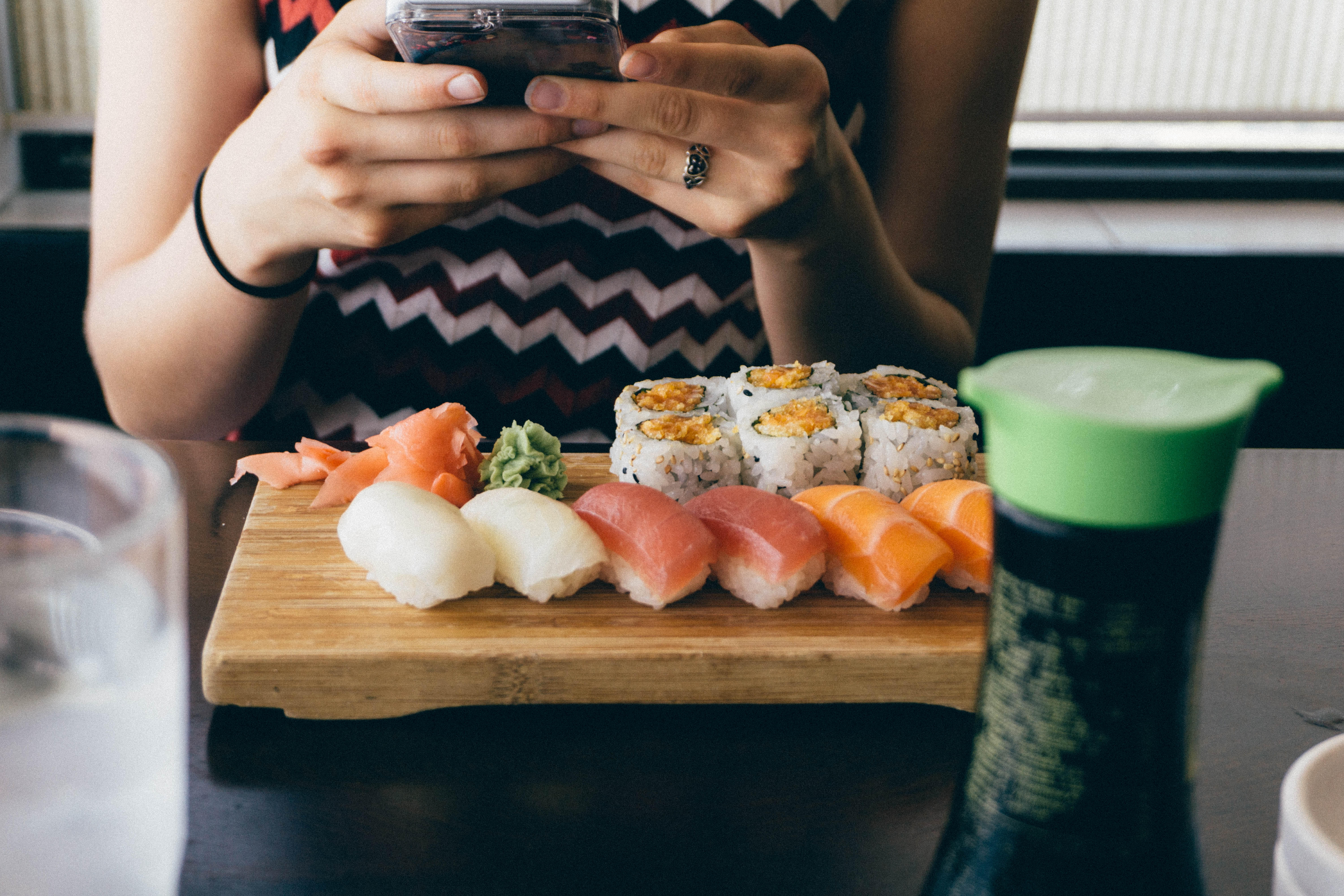Dining trends are nothing new—there’s always been a horrifying jello salad, suspicious spam preparation, or questionable foam layer to adorn America’s dishes for as long as we’ve been in the modern kitchen.
Nevertheless, food fads of the past were often reflections of American attitudes about how cool we could make cuisine; aspirational movements fueled by a strong and deep middle class who wanted something exciting and new at the dinner table.
As with everything in today’s digital age, however, we’ve seen that culinary crazes can become specialized and separated into niches that serve a very specific set of people. On the US’s coasts, one of the clearest windows into our country’s burgeoning wealth gap is through the frenzied arrival of upscale omakase menus that are liable to set a pair of patrons back $1k by the end of their evening.
Omakase—which essentially translates in Japanese to “I’ll leave it up to you”—really isn’t too different from the American tasting menu: highly-skilled chefs prepare a multi course, Kaiseki style dinner revolving around their ultra-fresh fish flown in daily from Japan’s premier markets. Each plate is usually small and artful, placing an important emphasis on balancing flavors, textures, and temperatures throughout each dish. Like a lot of restaurant vogues, there’s a certain level of exoticsm at play that could make a lot of these American versions seem potentially appropriative, but most of the awkwardness around the trend lies more with the outrageous price tags than the cultural poaching.
In Colangelo & Partners’ second home of San Francisco, the rise of tech-aided income inequality has spurred rapid openings and closures of shops and services that are trying to find the best way to cater to all of the new money trickling in by the shuttle-load. For now, though, San Francisco has seemingly found its new fixation in the form of these multifaceted meals that please your eye and drain your wallet.
Food critics and consumers alike are aware of the impressive growth of these kinds of establishments. In Eater’s year-end round-ups from 2016, Ellen Fort noted how SF “went from zero to sushi in 12 months flat,” the Dapper Diner listed “The amount of expensive omakase spots opening this year” as his most annoying food trend of the year, and Tablehopper’s Marcia simply named “omakase” as the single-word sum-up of last year’s dining world in the Bay. When you consider the amount of anger that exists over millennials in multiple tax brackets fawning over their overpriced Avocado Toast, there really isn’t any wonder as to why sumptuous spending like this attracts a lot of negative socioeconomic attention.
One of the biggest players in the scene is the dubiously named Omakase Group, which lays claim to a $200 prix fixe at its eponymous outpost, a more traditional izakaya in the bustling SoMa neighborhood, and—most recently—a $595 per person dinner celebrating the opening of a sandwich shop that will sell $180 wagyu sandwiches on white bread. Adding to the “displacement” narrative surrounding the omakase boom is the fact that the group will basically be taking up the ground floor of a SoMa luxury condo set to open in the coming months.
This is not to say that the tech world should be indicted for the restaurant industry’s shift in priorities; there are entire other sectors of the city’s well-being that tech helps improve. Many charitable organizations and philanthropic projects wouldn’t exist if it weren’t for the innovation and economic progress taking place in SF and Silicon Valley to the south. Every city that’s defined by an industry—like entertainment in Los Angeles or politics in D.C.—will always lure their share of unseemly byproducts as a result.
Really, though, the more interesting question here becomes how closely correlated economic bubbles and culinary trends are. And while we can’t seem to agree whether there is or isn’t one in the tech world, there will likely continue to be toro atop the tables for those willing to lay down the dough.


